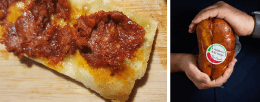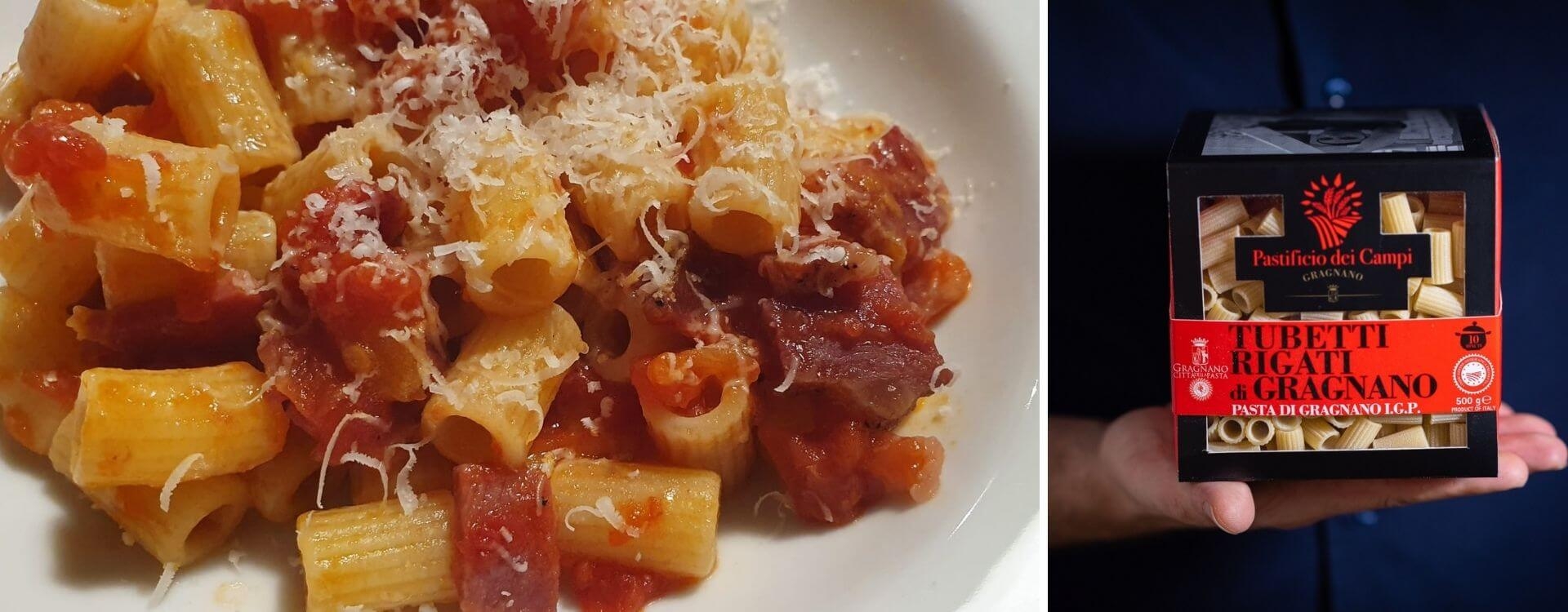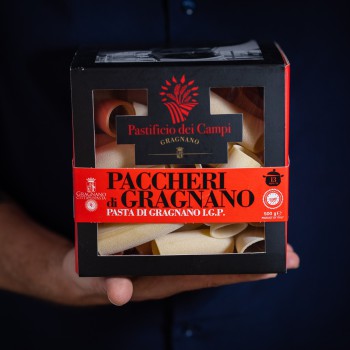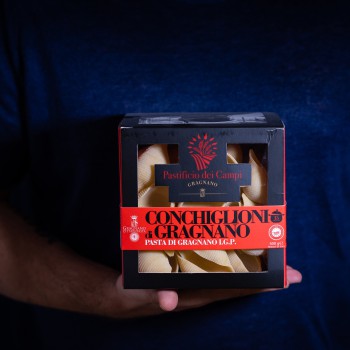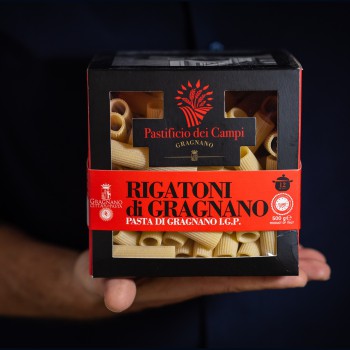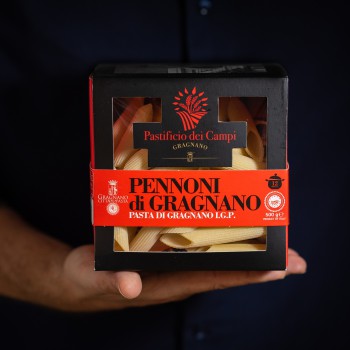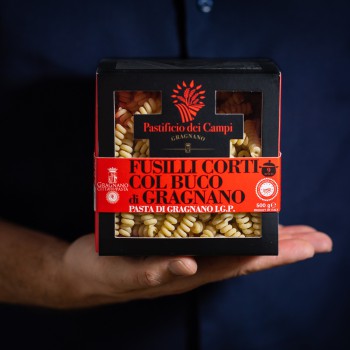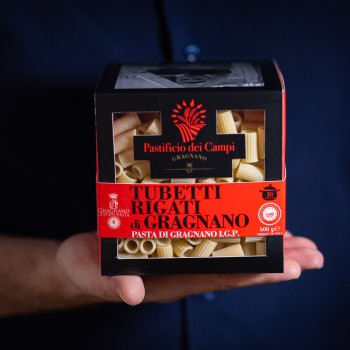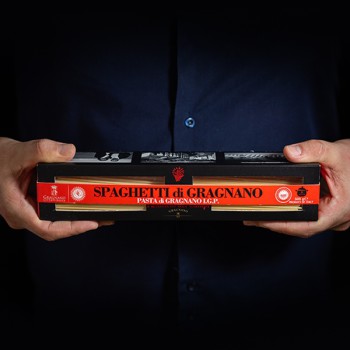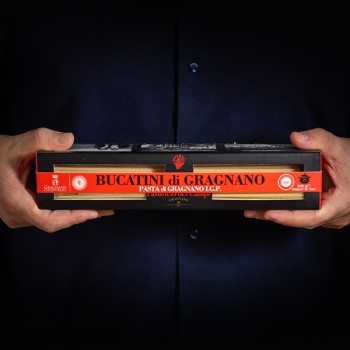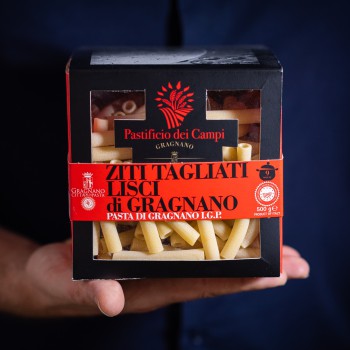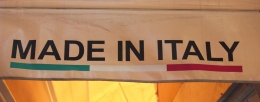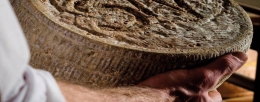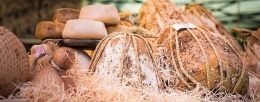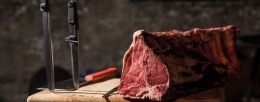Ferragosto is approaching, whip out the picnic baskets! What are we taking? All quick preparations to make and practical to carry and eat - dishes and cutlery are hardly needed! The secret? The best Italian cured meats.
Campania and pasta: where everything started
Is there something more Italian than pasta? In the collective imaginary, Italy has always been linked to a plate of pasta and our immigrant forefathers were often called “spaghetti-eaters”. It was first used as an insult, but today it is a rather popular commonplace with an element of truth. Let’s be honest: we like eating pasta, a lot.
It is not for nothing that the average per capita consumption of pasta amounts to almost 25kg per year and that we eat pasta on average five times a week.
We are clearly not the only spaghetti-eaters out there, though; 60% of Italian pasta production is, indeed, exported and one plate of pasta out of four in the whole world is made in an Italian pasta factory.
We all know that there are different kinds of pasta, wheat and water. Do we really know what’s behind a plate of Maccheroni pasta? Truth be told, what we find on the supermarket shelves is not always a valid product.
Let’s start by talking about wheat. Although it is the most widely grown cereal in Italy, there is not enough wheat for the pasta industry which imports two million tons of wheat from UE and extra UE countries each year. Pay attention to the label and look for the country of origin of wheat and the milling country, as requested by the decree of February 2018 approved by the Italian Ministry for Agricultural, Food and Forestry Policies.
Another question is: how is pasta made? There is bronze-drawn pasta and other pasta types which are not going to be porous and coarse enough to properly hold onto sauce. Drawing is a fundamental step which consists in making the dough, made of wheat and water, go through holes of several shapes and sizes to create different pasta shapes, and then cutting it depending on the desired length.
It is especially important to draw pasta with bronze and not with Teflon dies which are mostly used in industrial production. Yes, bronze-drawing takes a longer time and is much more expensive, but the result is coarse pasta with a rough surface which perfectly retains the sauce.
Where is this search for the perfect pasta going to take us? Does pasta heaven exist? Yes, it’s called pasta from Gragnano. Let’s see what is so special about this place.
Pasta from Gragnano: a name, a guarantee
Gragnano is a small municipality located south of Naples, also known as the city of pasta. The relationship between Gragnano and pasta dates back to the 16th century, as the first family-led pasta factories were founded. But wheat has been milled here since the Roman age, when water mills placed along the Vernotico stream were employed. As a matter of fact, wheat found here the perfect climate, with the right humidity level, heat and wind and the “Valley of the Mills” proves how important milling was in this area.
In the 19th century, the first industrial pasta factories opened. In the middle of the century, there were already more than a hundred of them, employing 75% of working-age population. In 1845, this pasta received an official recognition. The King of Naples, Ferdinand II, was so struck by the quality of pasta from Gragnano that he decided to only allow this pasta inside his court. Italian unification in 1861 opened the borders and pasta from Gragnano became famous and was requested even in Turin, Milan and Florence. The trade was so conspicuous that it required the building of a railway line, opened in 1885, which linked Naples to other cities to facilitate export operations.
20th century’s industrialisation led to the opening of several pasta factories in the northern part of the country, too. In the new pasta factories, manual lathes were little by little replaced by modern electric machinery and production increased exponentially. However, Gragnano survived the hit and, even though it was surpassed in quantity by industrial production, its pasta - the result of centuries of experience and artisan know-how - still stood out because of its superior quality.
On the 23rd November 1980, Gragnano was destroyed by the Irpinia earthquake. Only 8 pasta factories survived. But, once again, the city rose from the ashes and focused on making excellent products. Gragnano is a synonym of pasta and whoever is looking for the best pasta should definitely make a halt there.
In 2013 the Consortium of Gragnano city of pasta was founded and the pasta from Gragnano obtained the Protected geographical indication label, the first one to ever be assigned to pasta. In 2019 the Ministry for Agricultural policies bestowed the official task of protecting, monitoring and enhancing PGI Pasta from Gragnano upon the Consortium.
Pastificio dei Campi
Pastificio dei Campi is a company which belongs to the Consortium. It is located in Gragnano and aims at supporting the tradition of PGI pasta from Gragnano. Wheat comes from Apulia, where it is cultivated with a three-year crop rotation to prevent soil depletion. Chemical fertilisers are also banned: quality is prioritised over quantity and yield maximisation.
Pasta is processed exclusively by hand; the pasta is bronze-drawn; the drying process is long and natural. You can taste the difference; this pasta is unique and one of a kind. Consistency is perfect, the right amount of elastic and surprisingly firm to the bite.
There are endless formats for different flavours and condiments: from Paccheri to Spaghetti, from smooth Ziti to Conchiglioni - you’re truly spoilt for choice.
Pasta for everyone
We would need to write a whole encyclopaedia to talk about all the different ways to cook pasta. It’s all about prime-quality pasta, i.e. bronze-drawn PGI pasta di Gragnano. Condiments may vary, but an excellent pasta is absolutely paramount.
Then, short or long-shaped pasta? It depends on the sauce and personal taste, too. Some people love smooth pasta, other people only eat ridged pasta; it really depends. However, good pasta is good regardless of its shape or surface.
How to dress a nice plate of pasta? Let your creativity run wild, by using seasonal products, such as vegetables at peak ripeness. The pasta with bell peppers is, hence, not suited for the month of February, same for the artichoke pasta in July. Tomato is always a good choice and there are thousands of different versions; my favourite sauce is spicy fresh tomatoes and a lot of basil.
Pasta is also ideal for regional dishes: Pesto trofie, Orecchiette with turnip greens, Bucatini all’amatriciana. They go so well with each other that there is no need to find an alternative.
Pasta is a staple of our cuisine; try to ask your friends what their favourite dish is and you will realise how impactful pasta really is on our diet. Pasta is an everyday dish, the first thing that comes to mind when our fridge is empty, but it can also be a sophisticated, sumptuous dish for festive occasions. We must say that we are proud to be called “spaghetti-eaters”.






















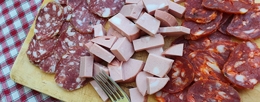
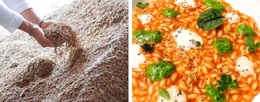
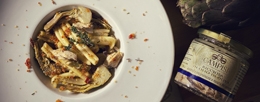

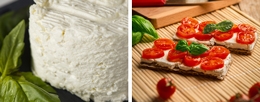
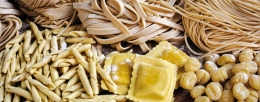
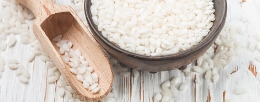
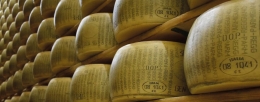
.jpg)
